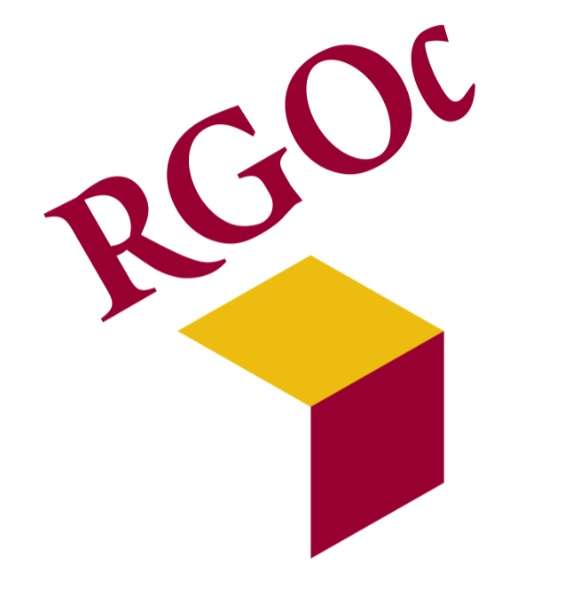Not mentioned
Cooperation
Rijksuniversiteit Groningen, GGZ-Drenthe, UMCG
Period
02 / 2019 – 03/ 2023
Financed by
NWO-domein Sociale en Geesteswetenschappen, Rijksuniversiteit Groningen faculteit GMW,GGZ Drenthe
Status
in progress
Contact(s)
I.A. Meins
D.C. Muijsson
Prof. dr. G.H.M. (Marieke) Pijnenborg
Dr. E.C.D. (E.) van der Stouwe
Prof.dr. W.A. (Wim) Veling
Abstract
Young people with a psychotic disorder have the same social goals as their healthy peers, but their social networks are smaller, they participate less often in leisure activities and are less successful in work and education. Causes of these problems are multifaceted, but culminate in difficulties with interacting in daily life social situations. Current treatments have only moderate effects on social functioning. Virtual reality (VR) has a great potential to improve training of social interactions difficulties. With VR, individuals can enter personalized simulations of difficult situations and be coached in the appropriate responses. Our group has previously developed VR treatments (VRT) for paranoid delusions, aggression and social cognition. In the current project, these interventions are merged and extended into VRT-SOAP, a VR treatment of 14 sessions, focusing on enhancing quantity and quality of SOcial contacts, leisure Activities and Participation of young people with a psychotic disorder. The VRT-SOAP intervention will have four optional modules (1-4) and one fixed module (5): 1. Neurocognition and negative symptoms, 2. Social cognition, 3. Paranoid ideations and Social anxiety, 4. Self-esteem and Self-stigma, and 5. Communication and Interaction skills. After preparation and piloting, a single-blind randomized controlled trial is conducted with 116 participants. VRT-SOAP is compared with VRelax, VR video relaxation in combination with stress management psycho-education. Primary outcome is quantity and quality of social contacts, leisure activities and participation, measured with ecological momentary assessments. The effects of the two conditions are compared at the end of treatment and six months later.
